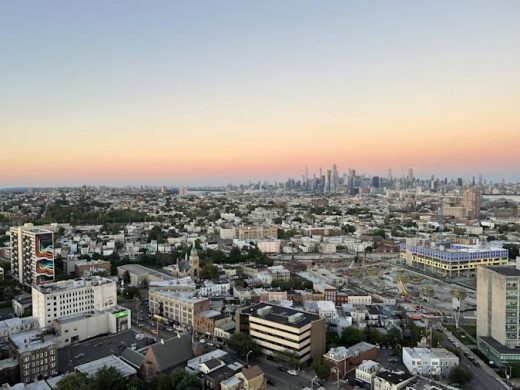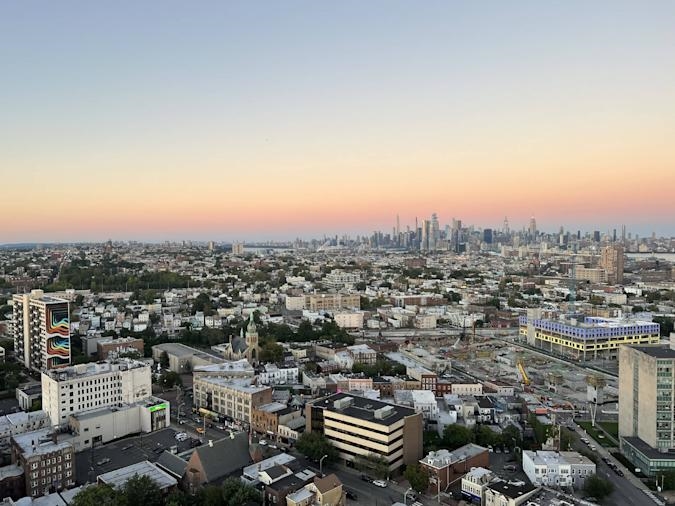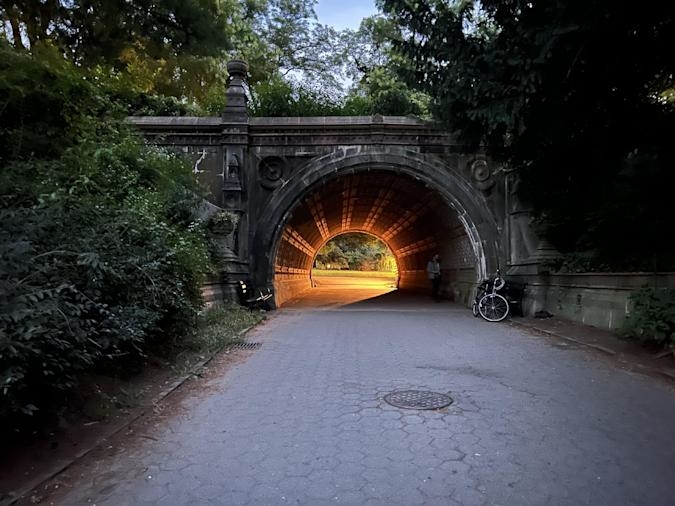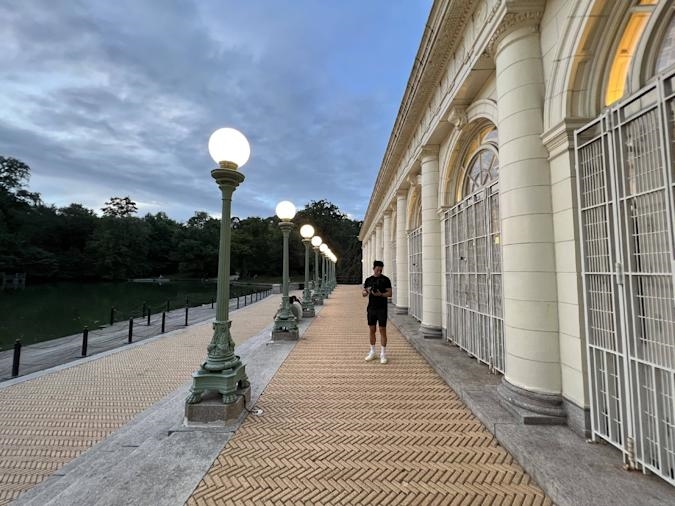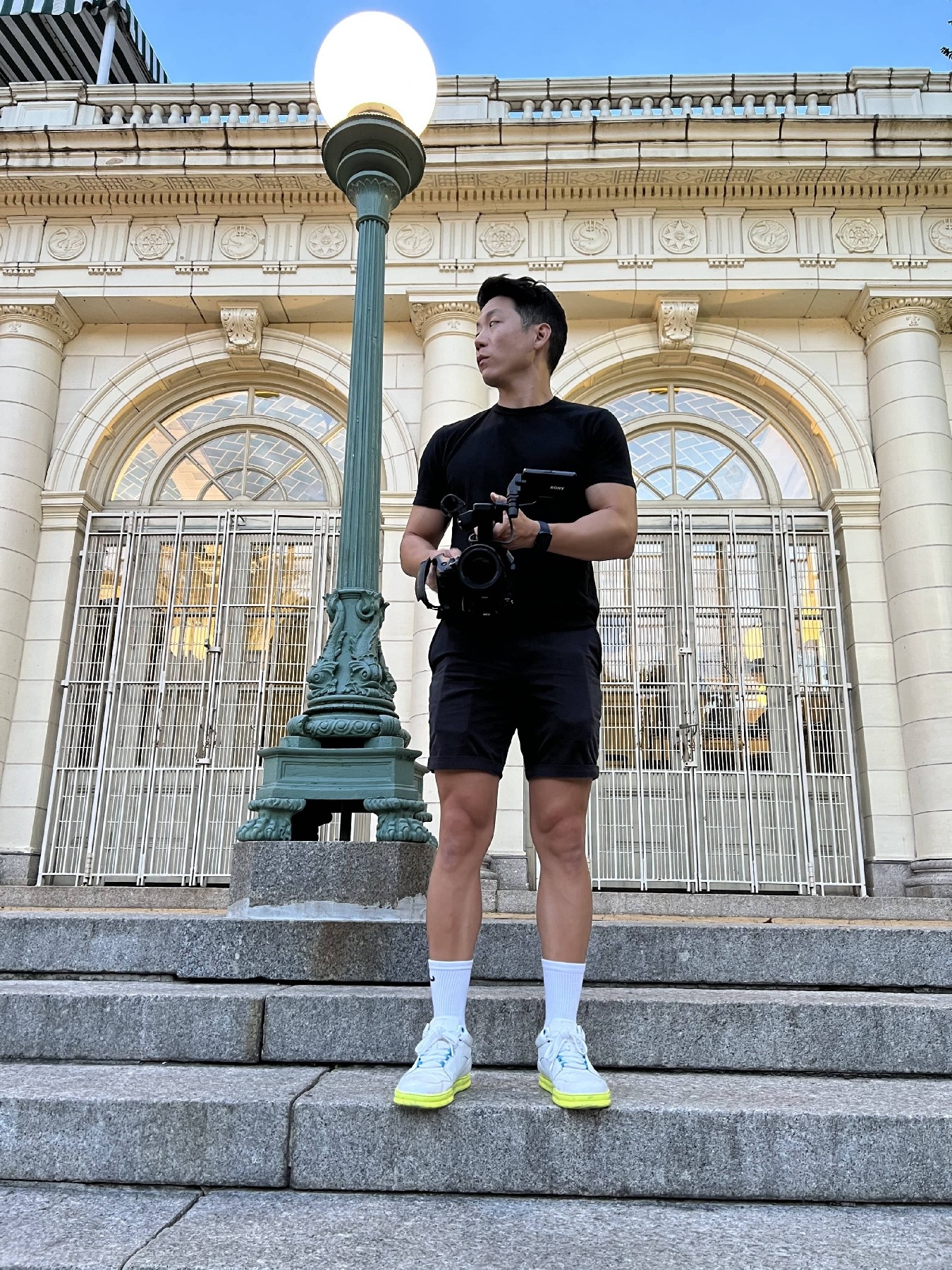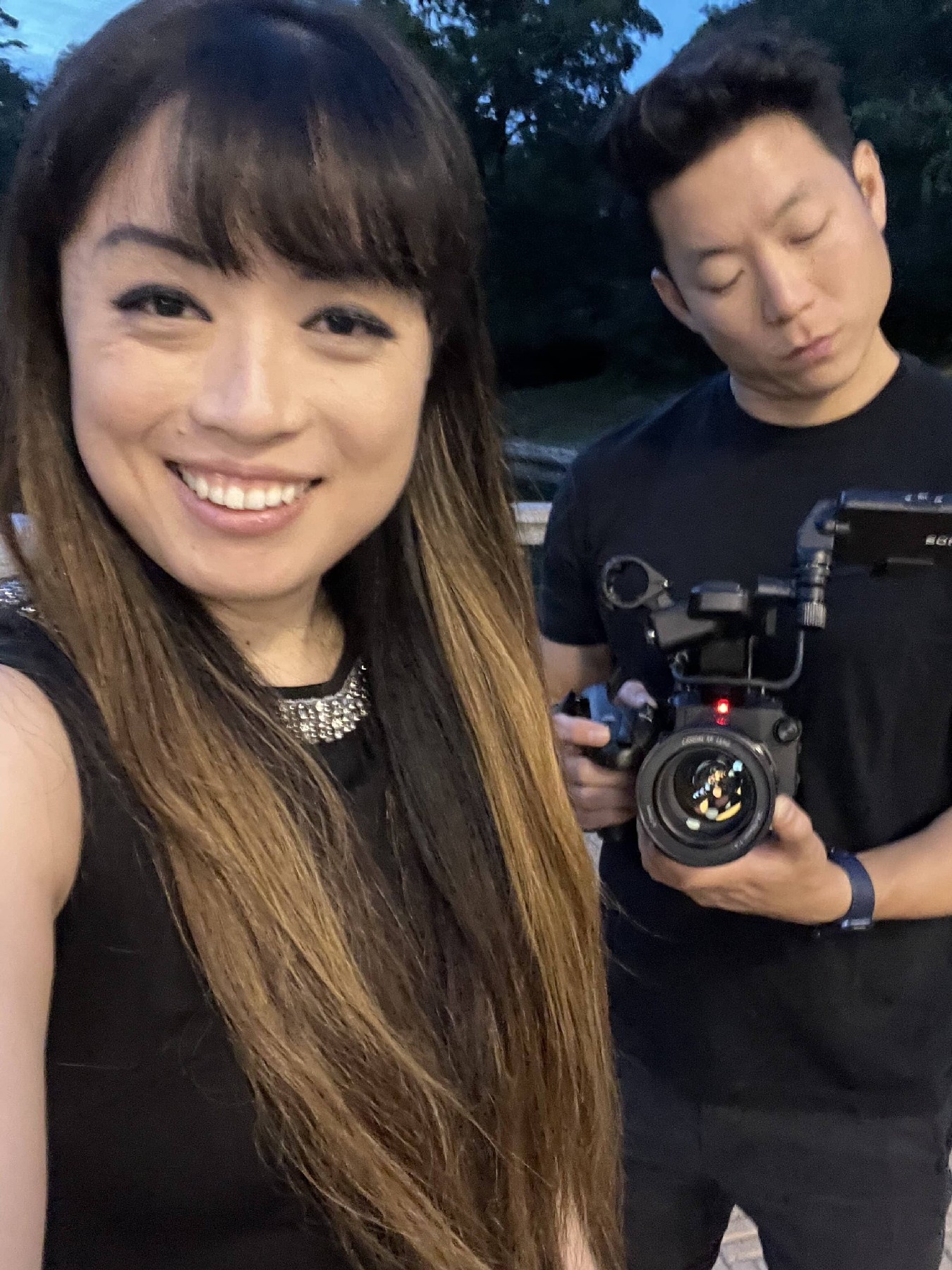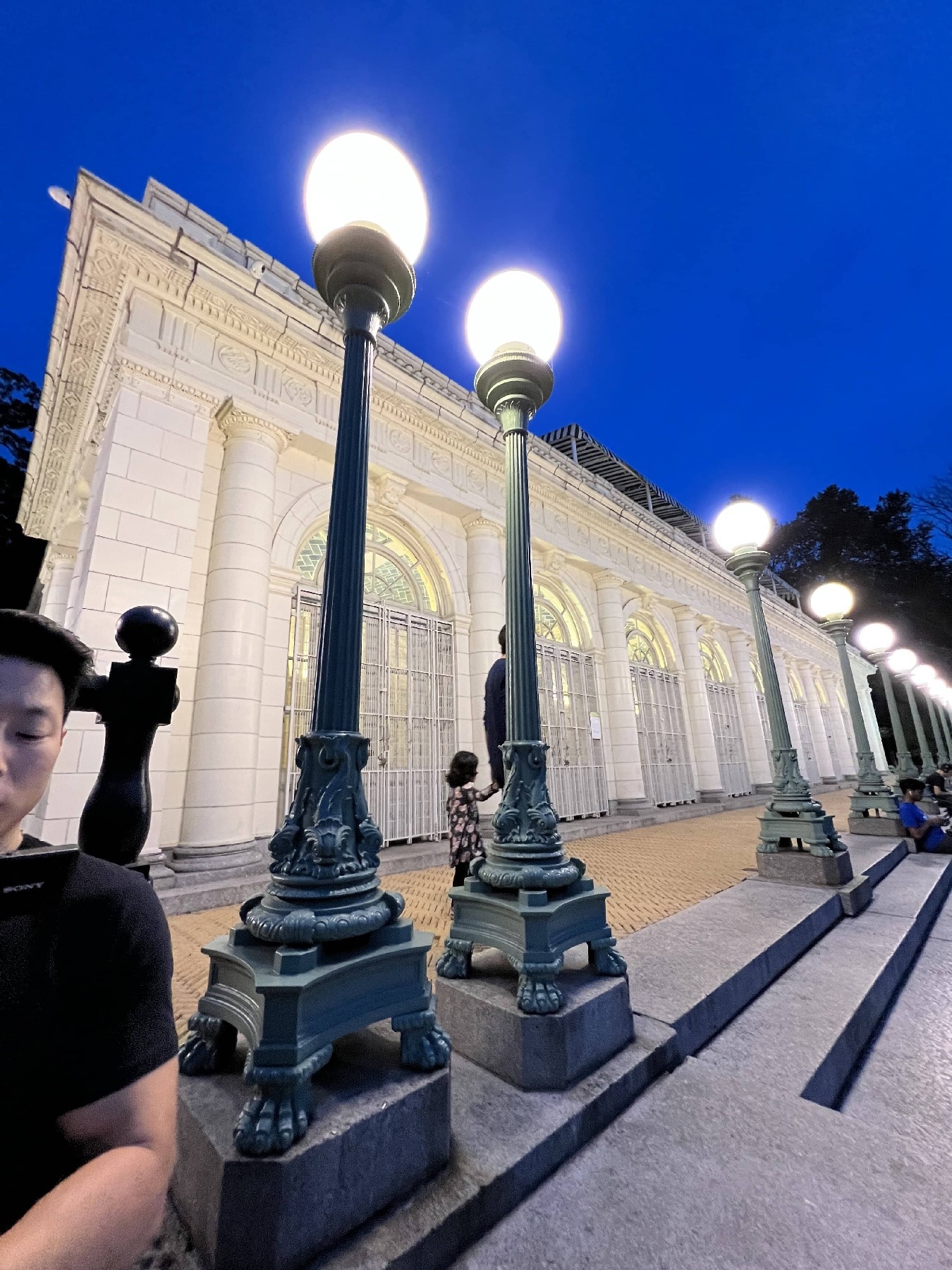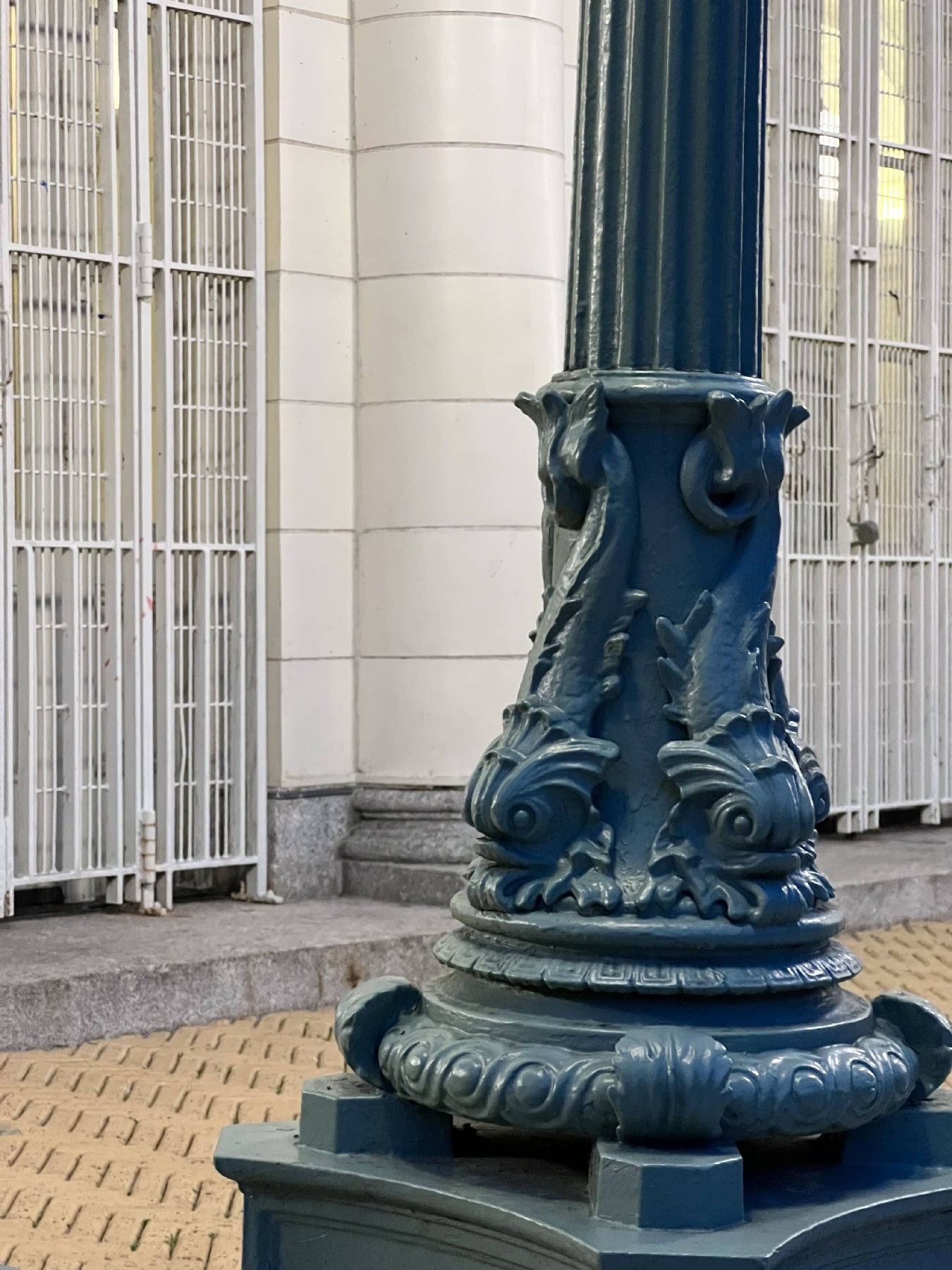Apple will make it easier to replace an iPhone 13 screen without breaking Face ID
iPhone 13 Pro and Pro Max review: Apple saved the real upgrade for the Pros
The cameras are a nice improvement but they won’t define the iPhone 13 Pro.

A phone can be endowed with the fastest processor in the world, but if it’s saddled with a slow screen, it could still feel sluggish — especially when compared to a similarly equipped device with a faster panel. That’s why the iPhone 13 Pro’s most important new feature is its ProMotion display.
But ProMotion is only included on the Pro and Pro Max models this year, making it one of the features that differentiate them from the iPhone 13 and 13 mini, not to mention last year’s 12 Pro. For an extra $200 to $300, the Pro series also offers an additional telephoto camera, a new macro photography mode, as well as more power and endurance. But are the iPhone 13 Pro’s new cameras and screens worth the extra money?
iPhone 13 Pro
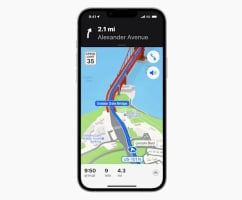
Pros
- Fast ProMotion screen
- Beefy performance
- Surprisingly clear macro photos
- Great cameras
- Long battery life
Cons
- Some promised features aren’t available yet
- Automatic macro switching is fussy
iPhone 13 Pro Max
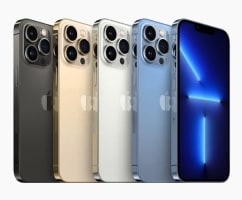
Pros
- Fast 120Hz display
- Capable and versatile cameras
- Extremely long-lasting battery
- Excellent performance
Cons
- Uncomfortably heavy
- Still waiting on an update to enable ProRes and SharePlay
- Macro mode is fickle
Design
Before we get into those features, though, there’s one thing you should consider: weight. At 204 grams (7.19 ounces), the 6.1-inch 13 Pro is heavier than both the 12 Pro and the iPhone 13. The 13 Pro Max, which has a 6.7-inch screen, outweighs last year’s Pro Max and Samsung’s Galaxy S21 Ultra. While I didn’t mind the regular Pro, it was uncomfortable to use Apple’s biggest flagship one-handed for more than a few minutes at a time.
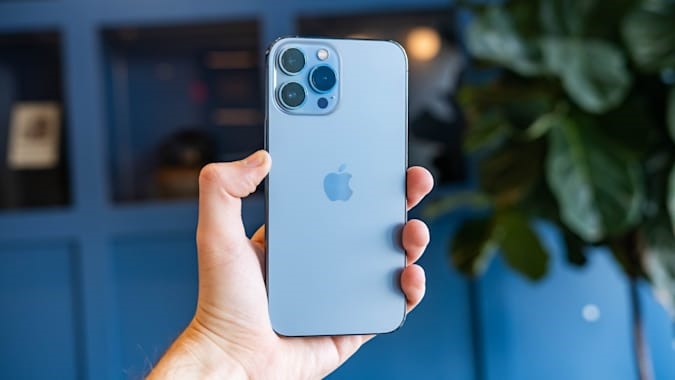
In addition to being heavier than last year’s models, the iPhone 13 Pro and Pro Max are a bit thicker, too. They also have larger rear camera modules and slightly smaller display notches. Otherwise, Apple hasn’t strayed far from the 12 Pro’s design. These phones have similar stainless steel enclosures with glass coverings, and are rated IP68 for water and dust resistance.
Even the colors available are familiar: The typical trio of graphite, gold and silver are now accompanied by Sierra Blue. Personally, I prefer this paler shade to the Pacific Blue offered on the last generation.
Display and audio
I realized something when I started testing the iPhone 13 series last week: Basically everything I do on a phone requires scrolling. That includes browsing social feeds, looking for the right component on a spec sheet, reading through old conversations, creeping on my Instagram viewers and reading articles, to give you a non-exhaustive list.
This is why Apple’s new ProMotion screen on the iPhone 13 Pro and Pro Max is a big deal, and also why it’s kind of annoying that it took the company so long to adopt this technology in the first place. Google was already a little behind when it added 90Hz panels to the Pixel 4, after companies like ASUS and OnePlus had already introduced higher refresh rates. Nowadays, this tech isn’t just for premium, top-tier Android devices either.
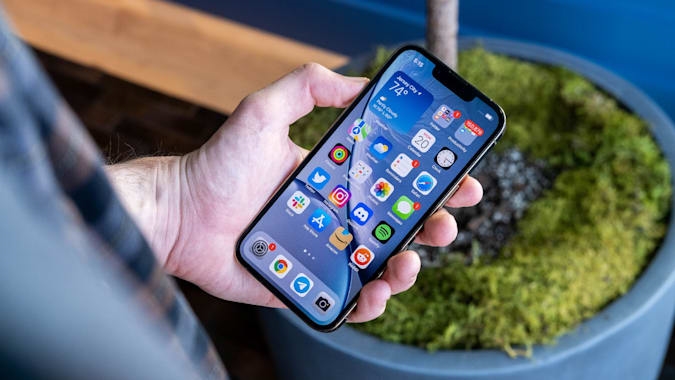
This is hardly the first time Apple is late to adopt a new technology. But it is worth emphasizing that the faster screens on the iPhones make a real difference. Like many Android phones, the iPhone 13 Pro and Pro Max adjust their refresh rates depending on what you’re doing. They can go as low as 10Hz when you’re looking at a static image, or up to 120Hz for scrolling and compatible games.
The benefits might not be obvious at first, but when you go back to a slower screen, you’ll quickly notice the jagged artifacts they produce.
Aside from ProMotion, the iPhone 13 Pro’s OLED displays are also 25 percent brighter than their predecessors, which is nice for outdoor reading. But without a side-by-side comparison, the difference is subtle at best.
Regardless, I enjoyed watching the visual perfection that is Doja Cat’s Kiss Me More music video on the iPhone 13 Pro’s True Tone display. The rosy, cotton-candy hues looked vibrant and her individual lashes were clear. The stereo speakers also did a respectable job of delivering crisp audio with adequate bass. Other things like voices and instrumental background music in videos and games all came through clearly as well.
Cameras
Apple says the iPhone 13 Pro’s rear cameras have received the “biggest upgrade ever,” touting “next-level hardware that captures so much more detail.” The triple 12-megapixel setup includes a primary sensor with a large f/1.5 aperture, a 77mm telephoto lens and an ultra-wide option with a 120-degree field of view. Night mode is now supported on all three of the cameras, so you don’t have to compromise on wide-angle or close up shots in low light. There’s also a new macro photography feature thanks to the updated ultra-wide lens, along with software like Photographic Styles and Cinematic Mode.
Those two modes are also offered on the iPhone 13 and 13 mini, and you can read my review of those phones for more details. In short, Photographic Styles lets you easily customize and set a sort of default for the contrast levels and color temperature of your images. Meanwhile, Cinematic Mode is good at identifying faces and people in a scene and blurring out everything surrounding a subject, but it struggled when I tried to change the focal point. The system is also a little wonky at outlining individuals, and stray body parts like thumbs and ears can get eaten up in the artificial blur. I found that adjusting the intensity via the f-stop setting helped keep this problem at bay, but the trade-off was less of a DSLR-like look in the final video.
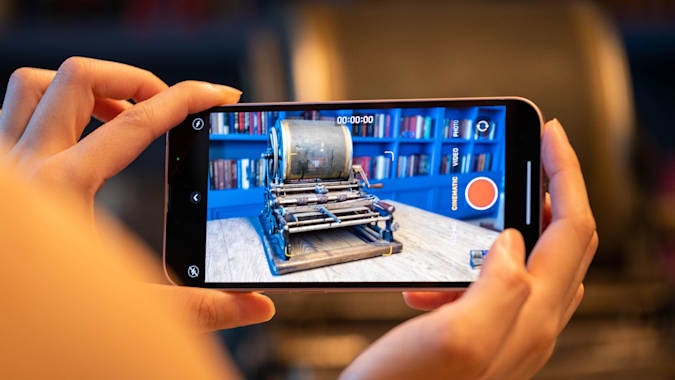
One feature the Pros have over the regular 13 is macro photography. With this generation, you can get as close as two centimeters away from your subject and not lose focus. Unfortunately, Apple doesn’t offer a way to manually enable a macro mode; the system automatically switches to the close-up camera when you get all up in something’s face.
The iPhone 13 Pro was generally accurate at detecting when I was trying to get a tight shot, but it kept changing back and forth between macro and regular views. Sometimes it would continually focus and refocus on the flowers behind the buds I was trying to shoot. The latter is a more understandable issue; every little hand tremor is magnified when a camera is zoomed that far in, making it hard to latch on to a subject. Not to mention something in motion, like a leaf in the wind. But that’s all the more reason to give users manual control.
Apple has said it will be releasing a software update soon that should prevent the camera from switching in and out of macro mode, which I of course can’t vouch for yet.
When it worked as expected, macro mode delivered surprisingly great results. My shots of a closed flower bud and the vein system on a leaf’s surface were impressively detailed, showing individual hairs on the stem and petals. Close-ups of a fried fish clearly rendered the oil oozing out of the batter.
Gallery: iPhone 13 Pro and Pro Mac camera sample photos
You need to make sure to let enough light shine on your subject, though, because my shots of a bee inside a flower were dark and splotchy. But that’s basically Photography 101; it’s not an issue specific to macro mode.
In general, the iPhone 13 Pro took sharp, colorful photos rivaling my sample shots from the Pixel 5 and Galaxy S21 Ultra. Apple’s default treatment renders pictures that are typically brighter and sometimes more saturated, but with Photographic Styles you can pick a look that you like and stick with it. I’m not a fan of the iPhone’s aggressive HDR effects compared to the Pixels’ more neutral landscapes, but frankly we’re at a point where Samsung, Google and Apple are generally on par in terms of sheer quality.
The iPhone 13 Pro’s upgraded sensors also really improved low light performance. I took photos of the moon peeking through some clouds in the middle of Manhattan skyscrapers with the S21 Ultra, Pixel 5 and iPhone 13 Pro, and they were all clean and sharp. They differed a bit in color temperature, but it’s not noticeable without a direct comparison. Google still retains an advantage with Night Sight, though; it produces photos that are significantly cleaner, brighter and richer in detail.
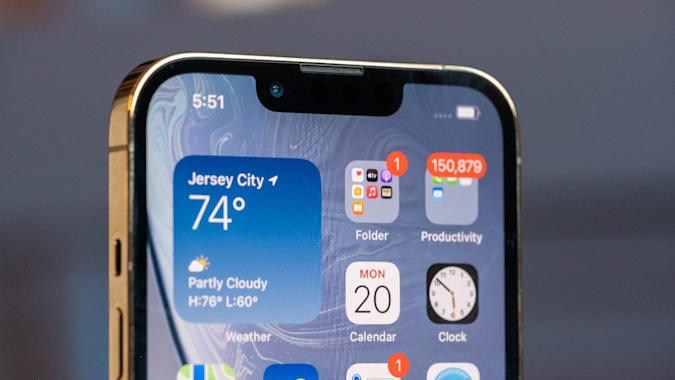
As for the 13 Pro’s front camera, it’s pretty much the same as the iPhone 13’s, and that’s not a bad thing. You’ll still get Cinematic Mode and Photographic Styles via the 12-megapixel True Depth sensor, and though selfies were a little soft in low light, they were otherwise sharp.
Because these are Pro-series phones, Apple also threw in support for ProRes videos in addition to its ProRAW format for stills… or at least it will eventually. ProRes won’t be available until a future iOS 15 update arrives at an unspecified date, but it promises to preserve colors at high quality. And, thanks to the A15’s hardware acceleration plus video encoders and decoders, you’ll be able to record in the format at up to 4K resolution (1080p for the base 128GB model) and 30 frames per second.
iOS 15
Speaking of, the iPhone 13 series runs iOS 15 out of the box, and I was able to test most of the new features when I tested the beta version. Focus modes, for example, let you set custom home pages and notification profiles based on your location or time of day. It’s one of my favorite new features on any smartphone platform in recent years because it allows people without a separate work device to switch off from work when they please.
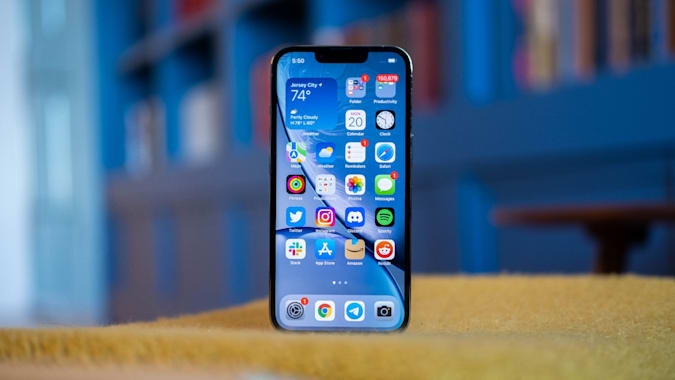
Since most of iOS 15’s new features will be coming to older iPhones, though, they’re unlikely to sway your decision on whether to upgrade. We’ll have a more in-depth review of iOS 15, but suffice to say I appreciate the level of control it offers. I’m especially looking forward to testing out SharePlay, which hasn’t rolled out yet, but will let you watch shows with or stream your phone screen to friends over FaceTime.
Performance and battery life
The main difference between the iPhone 13 and iPhone 13 Pro’s processors is that the latter uses a beefier 5-core GPU. This means that graphics-intensive tasks like gaming or video editing should be executed more quickly. I made a trailer in iMovie and while I had to wait 51 seconds for it to finish exporting on the iPhone 13, it took a mere 15 seconds on the Pro.
The iPhone 13 Pro’s A15 Bionic chip is similarly powerful in less-intensive tasks. I played rounds of Catan, watched various YouTube videos, chatted with friends, played music and snapped photos in rapid succession — all without any delay. And I know I’ve already said this a lot, but I have to stress again that the faster screens here just make most tasks feel more responsive.
In the week or so that I’ve had the iPhone 13 Pros, I’ve only needed to charge them twice. Granted, I spent most of the first few days focusing on the iPhone 13 and 13 mini, using the Pros predominantly when I was doing intensive camera testing. But when I switched over to the more-premium devices, the iPhone 13 Pro lasted almost a full two days before needing a charge. Battery levels dipped more quickly when I was playing games and exporting videos, but not so much that I had to worry about running out of juice.
Considering its higher refresh rate, that’s an impressive runtime. I’m still running battery tests across the iPhone 13 lineup, and will update this review with more empirical results as soon as that’s done. For now, though, it’s clear that despite the ProMotion displays, the iPhone 13 Pro and Pro Max can last longer than a day.
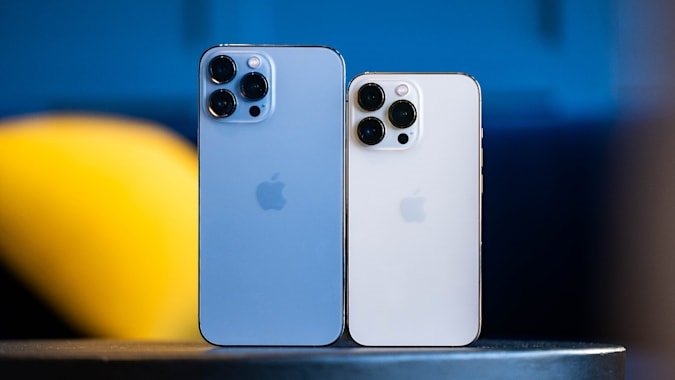
Wrap-up
With faster screens, superb performance and long-lasting batteries, the iPhone 13 Pro and Pro Max are excellent phones. If you’re on a device older than a 12 Pro, you should consider upgrading just for the new ProMotion displays. Though the cameras also got a noteworthy improvement, I’m not sure they’re going to be the biggest draw. It’s honestly hard to spot the difference in quality between photos taken by Apple’s recent flagships.
Features like Cinematic Mode, Photographic Styles and macro cameras are nice to have, but won’t define your iPhone 13 Pro experience. And though Apple was playing catch up to Android flagships by finally introducing 120Hz screens to its phones, there are now fewer things that Samsung and Google offer that the iPhones don’t. But for basically anyone who uses iOS, the iPhone 13 Pro (and Pro Max, if you don’t mind its weight) is a worthy upgrade.
Key specs (iPhone 13 Pro)
Processor: A15 Bionic with 6-core CPU and 5-core GPU
Storage: 128/256/512GB or 1TB storage
MicroSD card support: None
Display: 6.1-inch Super Retina XDR OLED with ProMotion up to 120Hz
Display resolution: 2,532 x 1,170 (460 ppi)
Rear triple cameras: 12MP f/1.5 wide-angle camera with sensor-shift OIS; 12MP f/1.8 ultra-wide camera (120-degree FOV); 12MP f/2.8 77mm telephoto camera
Front camera: 12MP f/2.2 TrueDepth camera
Operating system: iOS 15
Battery: “Up to 22 hours video playback”
Charging: Lightning port with fast wired charging at 20W (up to 50 percent in 30 minutes); Support for MagSafe wireless charging up to at 15W; Qi wireless charging at up to 7.5W.
Dimensions: 5.78 x 2.82 x 0.30 inches; 146.7 x 71.5 x 7.65 mm
Weight: 7.19 ounces; 204 grams
Fingerprint sensor: No
Waterproofing: IP68
NFC: Yes
Headphone jack: No
Key specs (iPhone 13 Pro Max)
Processor: A15 Bionic with 6-core CPU and 5-core GPU
Storage: 128/256/512GB or 1TB storage
MicroSD card support: None
Display: 6.7-inch Super Retina XDR OLED with ProMotion up to 120Hz
Display resolution: 2,778 x 1,284 (458 ppi)
Rear triple cameras: 12MP f/1.5 wide-angle camera with sensor-shift OIS; 12MP f/1.8 ultra-wide camera (120-degree FOV); 12MP f/2.8 77mm telephoto camera
Front camera: 12MP f/2.2 TrueDepth camera
Operating system: iOS 15
Battery: “Up to 28 hours video playback”
Charging: Lightning port with fast wired charging at 20W (up to 50 percent in 30 minutes); Support for MagSafe wireless charging up to at 15W; Qi wireless charging at up to 7.5W.
Dimensions: 6.33 x 3.07 x 0.30 inches; 160.8 x 78.1 x 7.65 mm
Weight: 8.46 ounces; 240 grams
Fingerprint sensor: No
Waterproofing: IP68
NFC: Yes
Headphone jack: No
Photos by David Imel (@DurvidImel)
(32)

